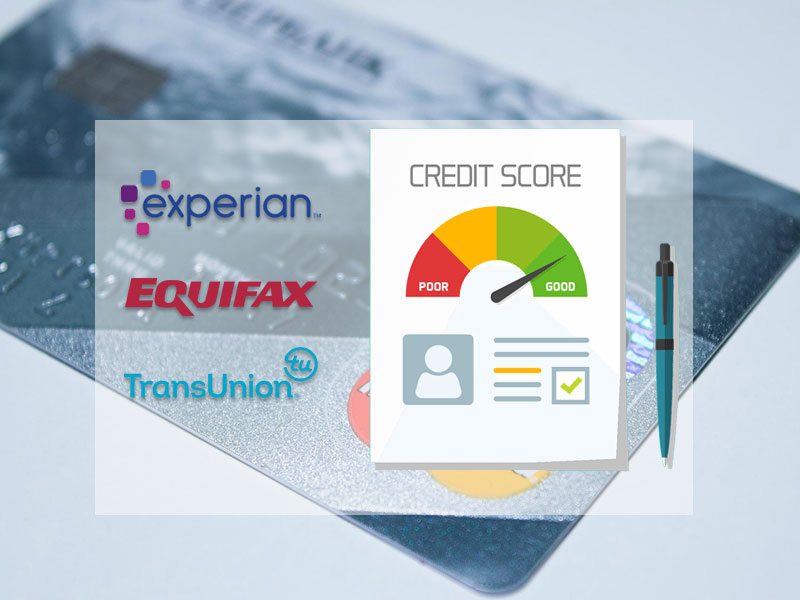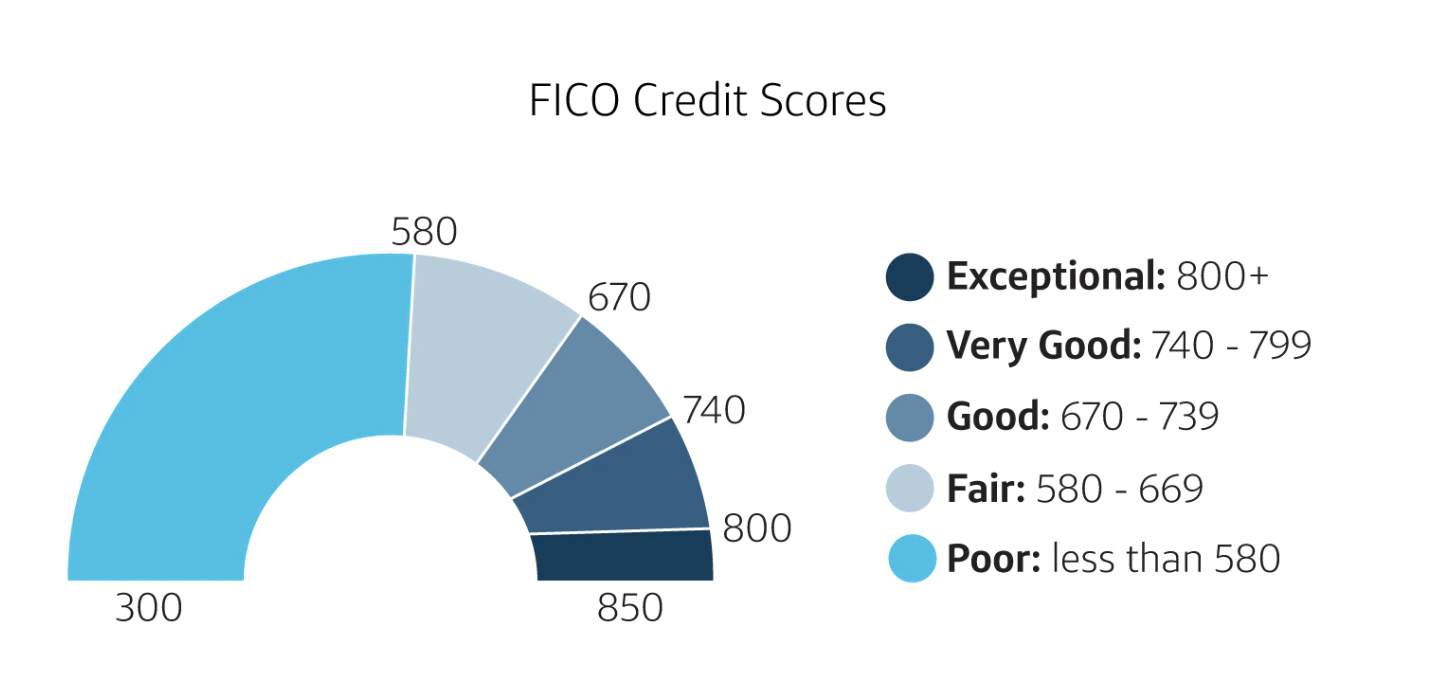
Credit scores are determined by what type of credit you have. This "credit mix" is also known as your credit score. You can have "good", which means mortgages, and "bad", which means high-interest credit card debts and payday loans. The types of credit you have will affect your score, so it's crucial to understand the factors that will affect your score.
Credit history length
The length of your credit history is an important factor when it comes to your credit score. This is the average age for all your credit accounts. Credit scoring agencies calculate it. Your credit history will influence how high your score. You don't need to have good credit if you have a poor credit history. It is possible to build a strong credit history by paying on time and avoiding late payments.
Your score can be affected by five factors. It ranks right at the top of the list, after the age of your accounts as well as the amount you borrow. While a longer credit history is better, there are other factors you should consider. The average score for people with good credit is 711, and a longer credit history can help you maintain a good score.
Payment history
Credit score is largely determined by your payment history. Lenders use this score for making lending decisions. Your score will drop if you make late payments. You can improve your score by paying your bills on-time and in full.

Your payment record shows which accounts were your responsibility and when. This information is responsible for 35% your credit score. It is used by lenders to determine if you are able to repay a loan. Because of this, lenders will prioritize your payment history as it indicates how likely your are to pay off your debts. Your score won't be negatively affected by a couple of late payments. Your positive payment history may outweigh the few late payments.
Credit utilization
Your credit utilization ratio is an important factor that can affect your credit score. It can tell you whether you're a high-spending person or a low-risk customer, which can increase your chances of getting approved for a loan. As a general rule, you should aim to use less than 30 percent of your available credit limit on revolving accounts. Also, you should pay your balances out every month. In order to get a better understanding of your credit utilization rate, you can check your credit score online.
Your credit score will drop if you have a high credit utilization. Balance-free credit cards can help you boost your score. However, if your credit card has a high balance, it can negatively impact your credit utilization ratio. Fortunately, paying off your balances on time can improve your score.
Credit utilization doesn't take into account collections
Credit utilization is an important aspect of your credit score. It tells the scoring model how well you are managing your credit. Your score can be affected if you have high credit utilization. Keeping your credit utilization below 30% is best. Credit utilization is affected by several factors. A few examples are: too many credit card accounts or too few loans.
Consider your credit utilization and remember that credit card debt is a small part of your credit total. That means that you should not worry about collections if you are only using a small portion of your available credit. Even if your credit cards have high limits, it is important to keep your utilization ratio below 30%. This will give you access to thousands of dollars worth of credit.

VantageScore
A VantageScore is determined by your payment history. It shows lenders that you can responsibly manage different types of credit. You will reduce your credit utilization and increase your score by paying off your debts promptly. Also, it is a good idea to keep your oldest credit accounts open and in good standing.
VantageScore is calculated based on a variety of factors including your payment history, type of debt and overall debt. Your payment history makes up approximately 35%, but your total debt is equally important. Your credit utilization plays an important role. It is generally a good idea that your balances are kept to 30% of your credit limit.